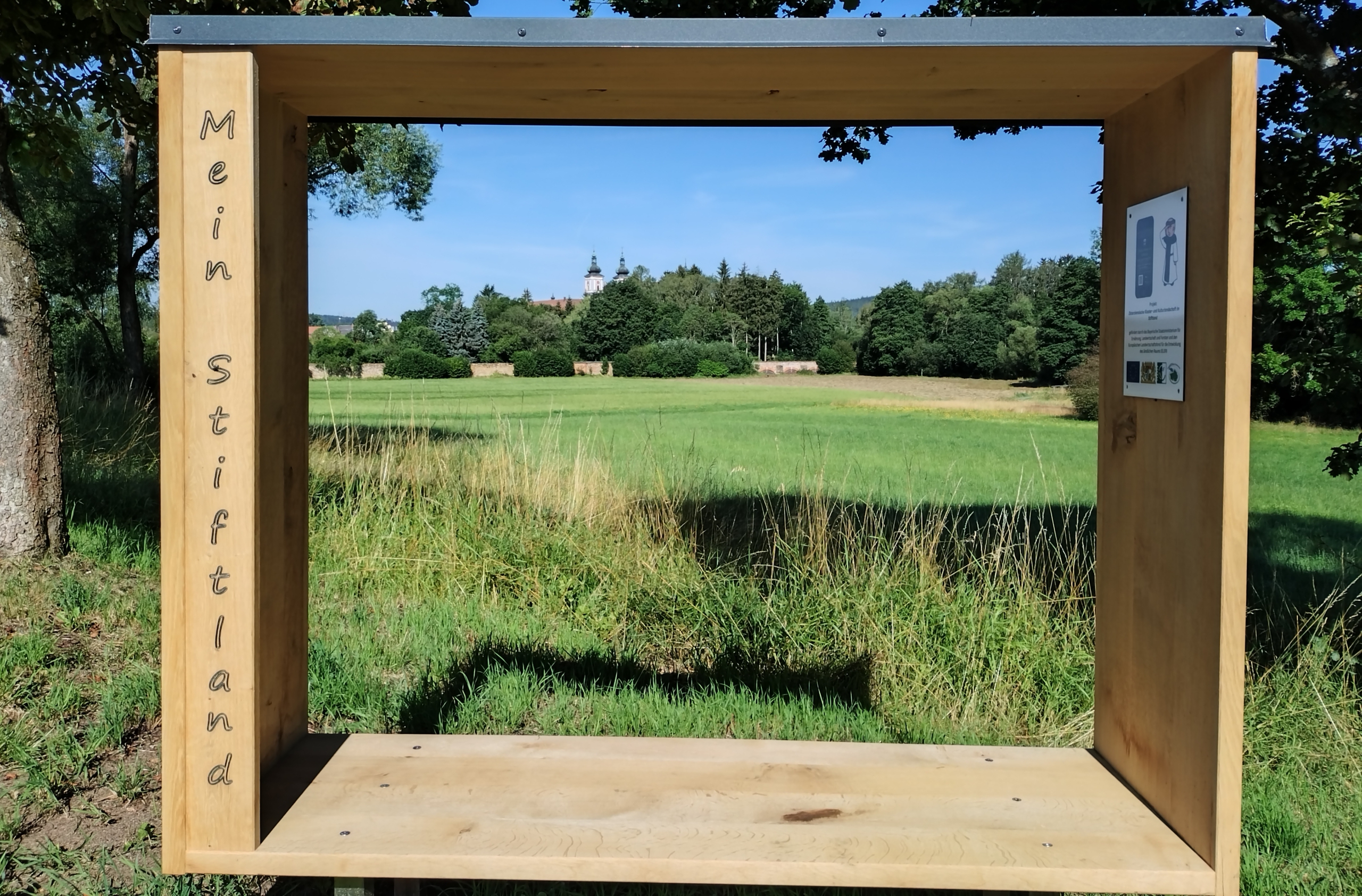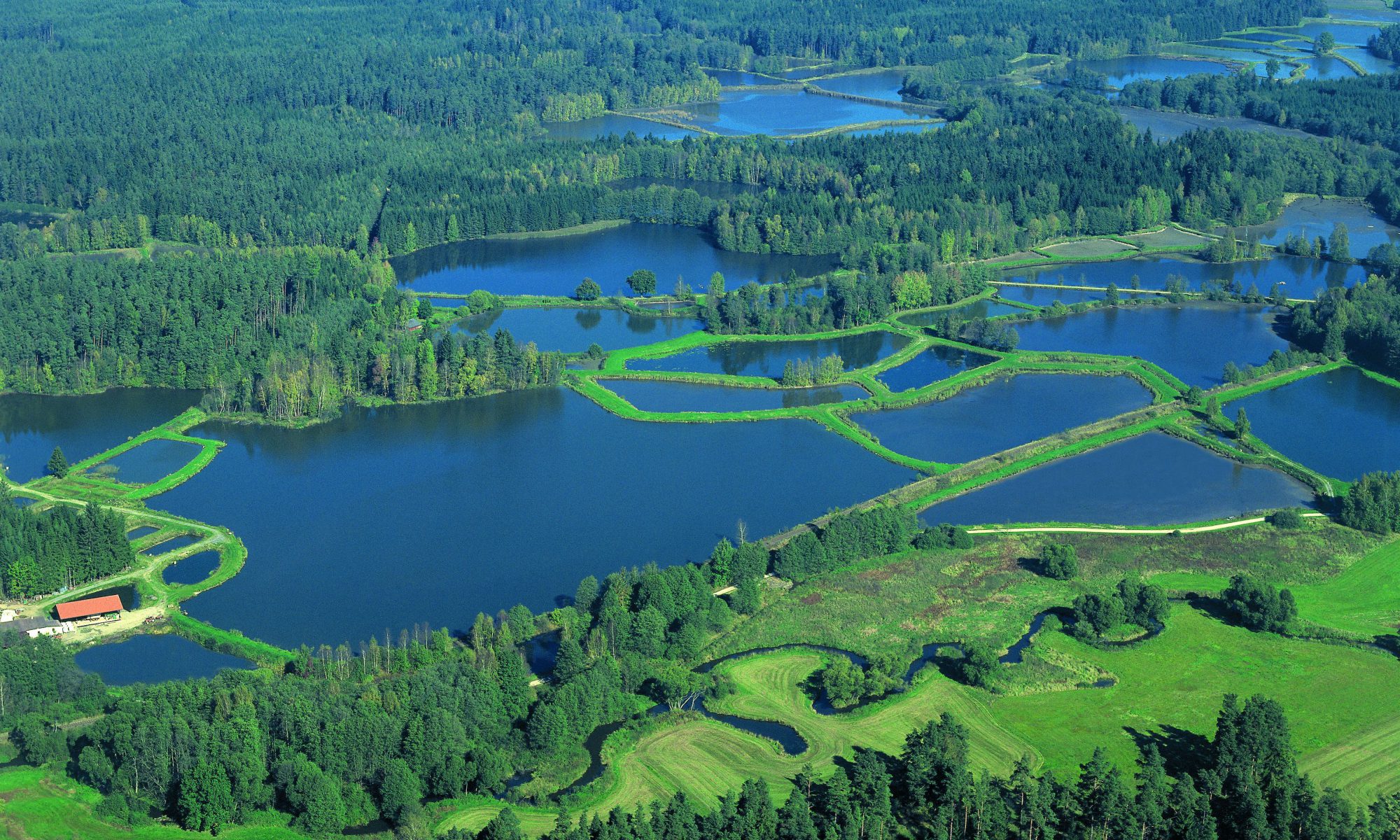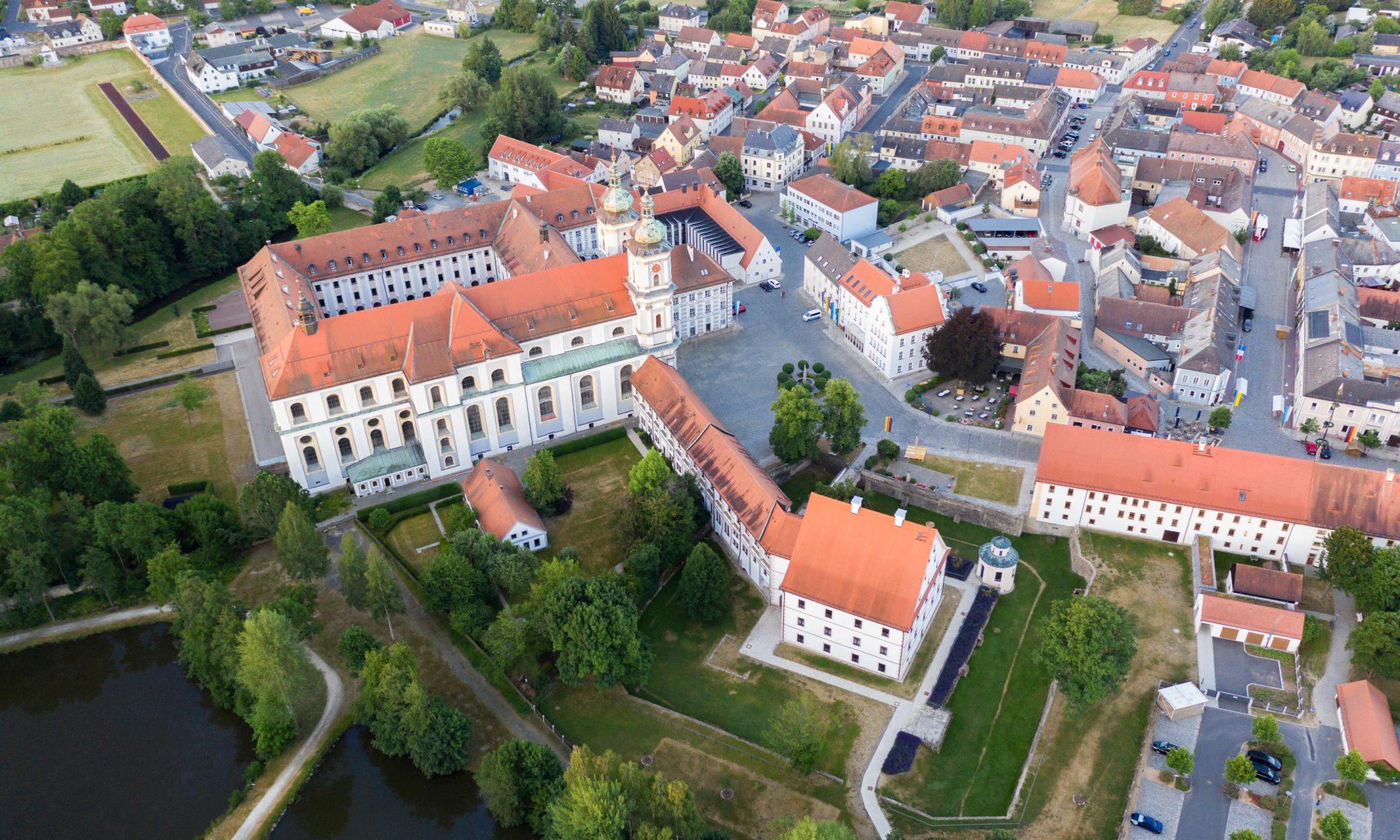Waldsassen
Founding date: 1133 (order number 71 according to Janauschek)
Date of dissolution: 1556, 1690 – 1803, revived in 1863 as a convent for women
Filiation / mother monastery: Morimond-Kamp / Volkenroda
Daughter monasteries: Sedlec Monastery, Walderbach Monastery, Osek Monastery
Margrave Diepold III founded Waldsassen Monastery around 1133 and endowed it with extensive foundations. Clearances led to a closed settlement landscape in the High Middle Ages. The carp ponds are still particularly characteristic of the landscape today: The monks used the marshy landscape for fish farming and created one of the largest pond areas in Europe.
Audio version
Current events
Latest posts
The cultural landscape
Margrave Diepold III founded Waldsassen Monastery around 1133 and endowed it with properties, including extensive monastery forests (Stiftsberge). The founding convent was formed by Cistercian monks from Volkenroda, who established a closed dominion, the Stiftland.
In the sparsely populated area, a closed high medieval settlement landscape with 37 villages and fields laid out according to a plan, e.g. Münchenreuth with its Hufenflur, was formed through clearing. Around the monastery, monastery courtyards were created with a surrounding large block corridor, some of which have been preserved, and the typical four-sided courtyards, characterized by a surrounding stand of old trees. The Waldsassen monks also developed one of the largest pond areas in Europe by reclaiming swampy areas. The fish farm located in the upper town pond of Tirschenreuth was the control center of the monastery’s pond management. Numerous mills and hammers were built. Of the approximately 10,000 ponds that once existed, over 4000 still exist.
The early baroque Waldsassen monastery complex dominates the Wondrebtal valley. The early Baroque pilgrimage church of Kappl, which is connected to the monastery by a station path, has an impressive landscape. The pilgrimage route from Eger and the wide views of Bohemia are unique. Pilgrimage sites, village churches, wayside chapels, wayside shrines and wayside shrines (Stiftlandsäulen) were built in an extraordinary density, creating a sacred landscape. In 1864, the monastery was repopulated with nuns from Seligenthal. The Cistercian nuns were elevated to an abbey in 1925 and are still successfully active today.






